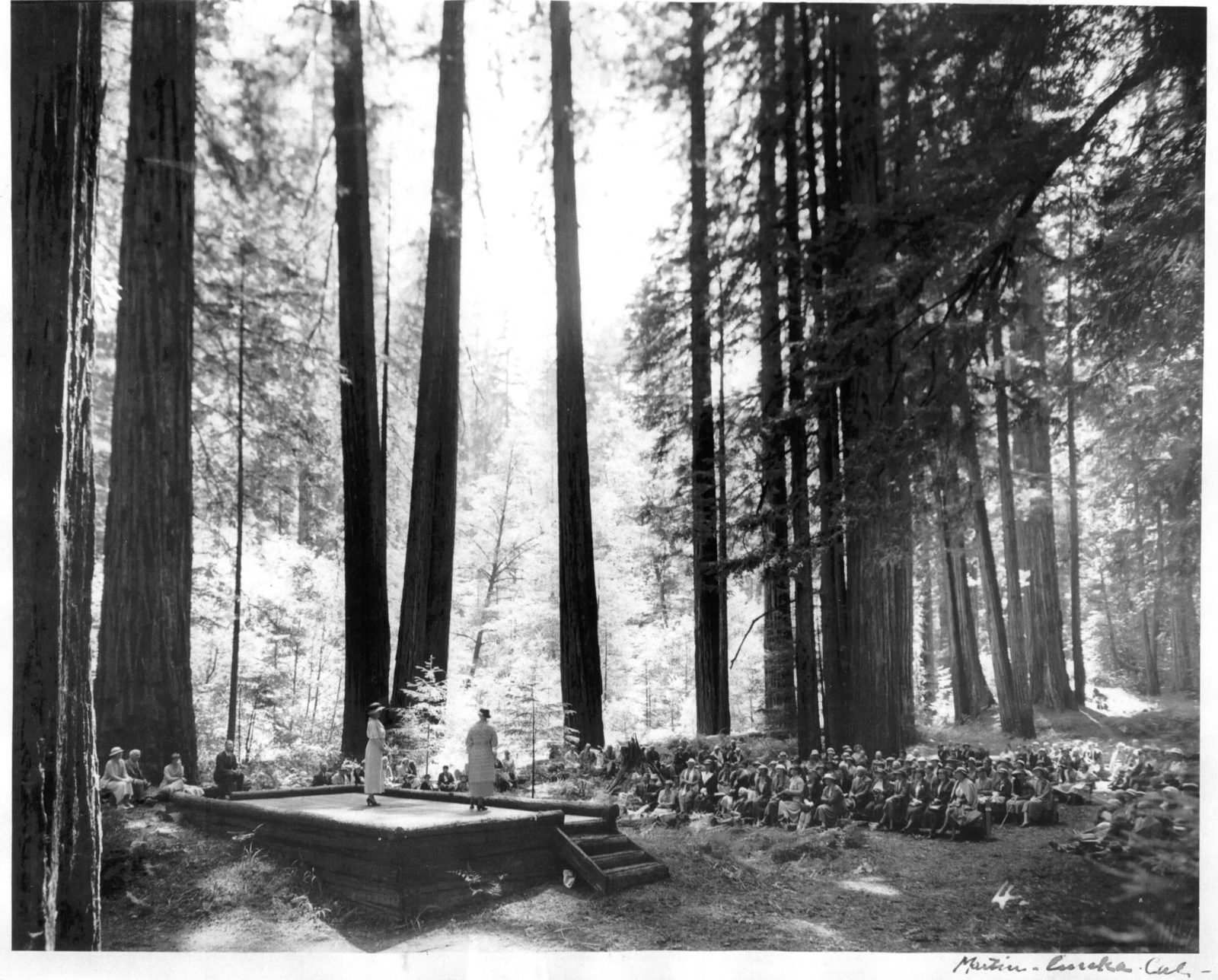Report on Stuart City’s Allocation of Sales Tax Revenue with Emphasis on Sustainable Development Goals (SDGs)
Introduction
Stuart city leaders have initiated discussions regarding the allocation of new funds generated from a half-cent sales tax increase, approved by Martin County voters in November. The additional revenue, estimated at $1.5 million annually, is intended to support various local projects, with a significant focus on environmental conservation, aligning with the United Nations Sustainable Development Goals (SDGs), particularly SDG 11 (Sustainable Cities and Communities), SDG 13 (Climate Action), and SDG 15 (Life on Land).
Potential Initiatives for Fund Allocation
- Land Acquisition for Conservation
City commissioners identified acquiring land for conservation as the top priority. This initiative supports SDG 15 by promoting the protection and restoration of terrestrial ecosystems. - Development of Haney Creek Green Space
Consideration is being given to creating a trial head and parking area at Haney Creek, a two-acre green space along U.S. 1 near North River Shores. This project aims to preserve green areas and provide community access to natural environments, supporting SDG 11 and SDG 15. - Expansion of Tree-Planting Programs
Plans include expanding tree planting along roads such as 10th Street to establish a full tree canopy, providing shade and improving urban biodiversity. This aligns with SDG 11 and SDG 13 by mitigating urban heat and enhancing climate resilience.
Community Perspectives on Fund Utilization
- Environmental Conservation Support
Resident Bonnie Schamback expressed strong support for dedicating funds to water-related environmental issues, emphasizing the need to address flooding and protect water resources, which relates to SDG 6 (Clean Water and Sanitation) and SDG 13. - Creation of Shaded Public Spaces
Business owner Catherine Sharp advocated for shaded parks and walking areas to combat South Florida heat, enhancing community well-being and promoting SDG 3 (Good Health and Well-being) and SDG 11. - Urban Forest Restoration
Resident Clay Scherer highlighted the importance of a strategic tree planting initiative to restore the urban canopy, benefiting all community members and supporting SDG 11 and SDG 15.
Next Steps and Alignment with SDGs
The city commission will require final approval in an upcoming meeting before any projects proceed. Ongoing discussions aim to ensure that fund allocation aligns with community priorities and environmental objectives, thereby advancing multiple SDGs including:
- SDG 11: Promoting sustainable cities and communities through green space development and urban forestry.
- SDG 13: Taking urgent action to combat climate change by enhancing urban tree canopies and managing flood risks.
- SDG 15: Protecting, restoring, and promoting sustainable use of terrestrial ecosystems via land conservation.
- SDG 3: Ensuring healthy lives by creating shaded, comfortable public spaces.
- SDG 6: Safeguarding water resources and addressing flooding concerns.
1. Sustainable Development Goals (SDGs) Addressed or Connected
- SDG 11: Sustainable Cities and Communities
- The article discusses urban planning initiatives such as creating shaded public spaces, expanding tree-planting programs, and acquiring land for conservation, all contributing to making cities more sustainable and resilient.
- SDG 13: Climate Action
- Tree planting and environmental conservation efforts help mitigate climate change impacts by enhancing urban green spaces and reducing heat effects.
- SDG 15: Life on Land
- Protecting natural lands and restoring urban forests align with conserving terrestrial ecosystems and promoting biodiversity.
- SDG 6: Clean Water and Sanitation
- The article mentions concerns about water and river flooding, indicating a focus on water resource management and protection.
2. Specific Targets Under Those SDGs Identified
- SDG 11: Sustainable Cities and Communities
- Target 11.7: Provide universal access to safe, inclusive and accessible green and public spaces.
- Target 11.3: Enhance inclusive and sustainable urbanization and capacity for participatory, integrated and sustainable human settlement planning.
- SDG 13: Climate Action
- Target 13.1: Strengthen resilience and adaptive capacity to climate-related hazards and natural disasters.
- Target 13.2: Integrate climate change measures into policies and planning.
- SDG 15: Life on Land
- Target 15.1: Ensure the conservation, restoration and sustainable use of terrestrial and inland freshwater ecosystems.
- Target 15.9: Integrate ecosystem and biodiversity values into local planning and development processes.
- SDG 6: Clean Water and Sanitation
- Target 6.6: Protect and restore water-related ecosystems, including rivers and wetlands.
3. Indicators Mentioned or Implied to Measure Progress
- Tree Canopy Coverage
- Implied indicator measuring the extent of urban tree planting and green coverage along streets such as 10th Street and other roads, contributing to shade and urban forest restoration.
- Area of Land Acquired for Conservation
- Indicator measuring hectares or acres of natural land purchased or protected to conserve biodiversity and natural resources.
- Access to Shaded Public Spaces
- Indicator assessing the availability and accessibility of shaded parks and walking areas for community use.
- Water Quality and Flood Management Metrics
- Though not explicitly detailed, concerns about river flooding and water health imply monitoring water quality and flood risk reduction as indicators.
4. Table of SDGs, Targets, and Indicators
| SDGs | Targets | Indicators |
|---|---|---|
| SDG 11: Sustainable Cities and Communities |
|
|
| SDG 13: Climate Action |
|
|
| SDG 15: Life on Land |
|
|
| SDG 6: Clean Water and Sanitation |
|
|
Source: wflx.com







